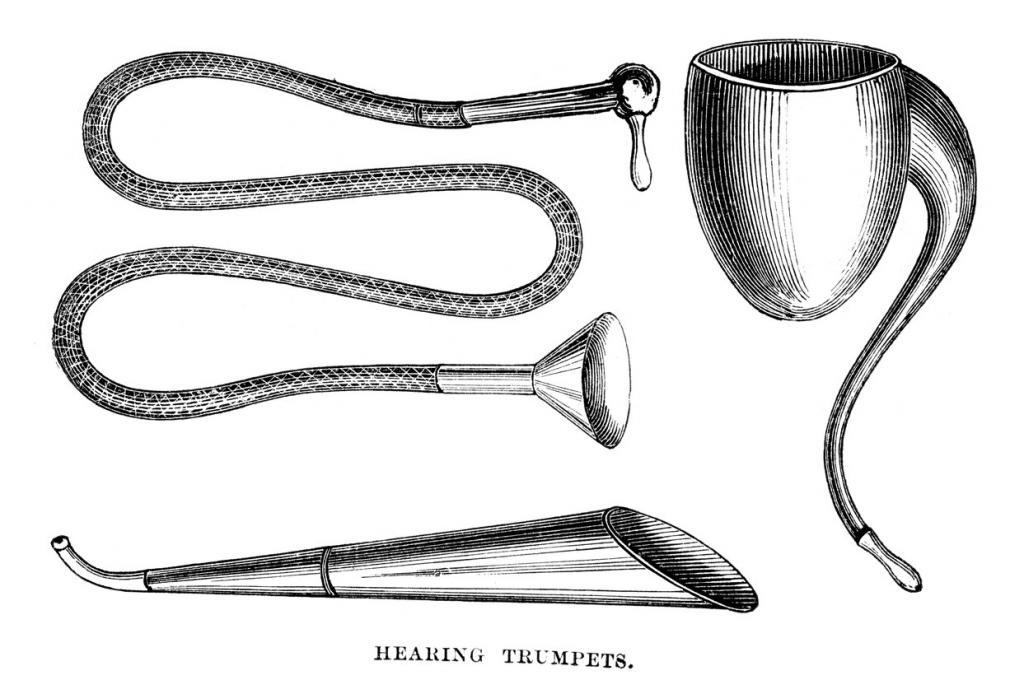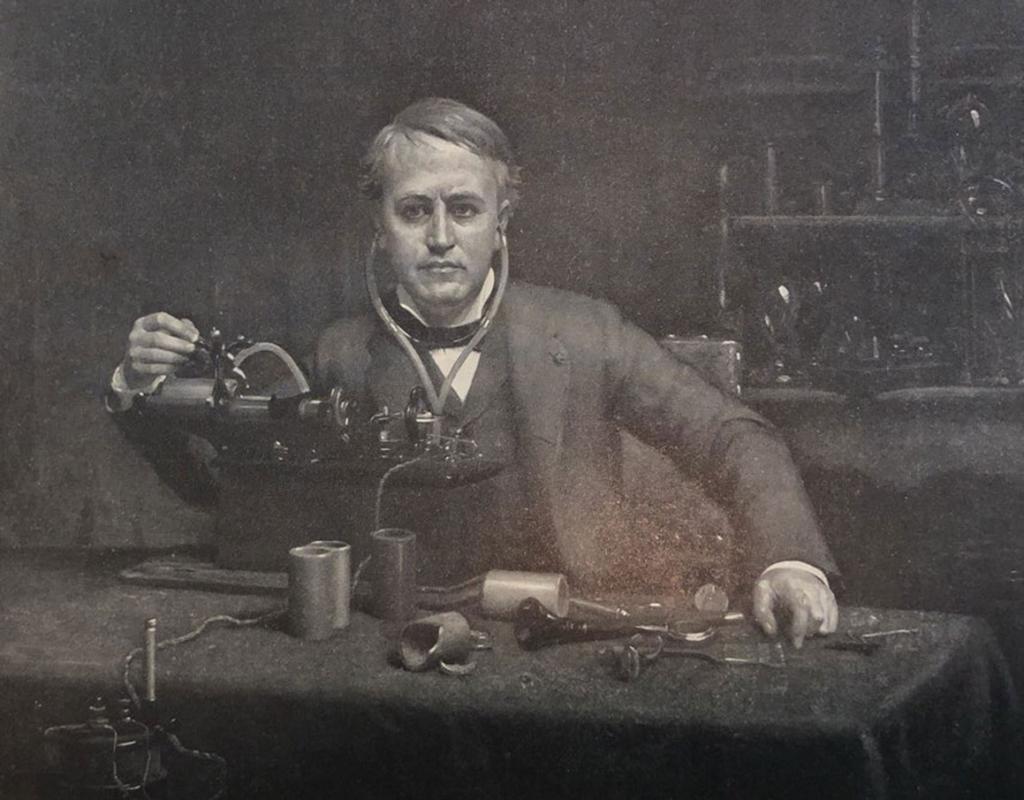
Buying hearing aids online
Should I buy hearing aids online? Audiology has always been an in-person endeavour, so it’s only natural to have a question or two ab…
Read moreHearing loss is something our ancestors also suffered with. But without modern technology, they had to devise other ways to combat the problem. Even the first person to cup a hand behind the ear was trying to improve their hearing! When this exactly started is unknown, but early records show the first hearing aid dates back to the 13th century. This is what we call an ‘ear horn’, derived from an animal such as a cow or ram.
In the 18th century, the ear trumpet was born. This was a first real attempt at creating a device for hearing loss. Shaped like a funnel, it collected sound waves, then directed them towards the ear, strengthening the impact of sound at the eardrum. Although not necessarily amplifying the sound, it concentrated it from a large area into a smaller one. This was the only real help at the time; bulky and not always successful. Until electronics came into play, that is.

As we moved into the world of electronics in the 19th century, better options became available. The invention of the telephone sparked the creation of the first electronic hearing aid, as people figured out how acoustic signals could be altered. It used a carbon transmitter that basically amplified weak signals into stronger signals by using an electrical current.

In 1913, hearing aids became commercially available. However, they were large and not easily portable. More research was conducted through the 20th century, and hearing aids slowly started offering better quality, while also becoming smaller.
From a carbon transmitter, we moved to vacuum tubes, controlling the flow of electricity more efficiently than carbon. Shortly after this came transistor technology, when hearing aids became more compact, making them more discreet.

From the 1980s, we moved from analogue to digital hearing aids. Technology and computing made it easier to improve current technology, so hearing aids became better and smaller.
So, here we are in the 21st century! Super discreet hearing aids that are compact and come with superior technology. Aids now are very unobtrusive and have amazing sound quality – a combination unimaginable 20 years ago. They are fine-tuned to an individual’s hearing loss, while being comfortable and inconspicuous.
Technology has developed so much in recent years that many hearing aids even have Bluetooth, meaning you can stream audio from your TV and phone, as well as enjoying a hands-free phone call! There is also the option of a rechargeable battery, instead of fiddling around trying to change one weekly.

To find the perfect device for you, explore our range now.

Should I buy hearing aids online? Audiology has always been an in-person endeavour, so it’s only natural to have a question or two ab…
Read more
Hearing Heroes: Jenny, 47 In an ongoing series, we shine a spotlight on our happy customers – giving them the chance to share the pot…
Read more
Hearing Heroes: Roy, 80 In an ongoing series, we shine a spotlight on our happy customers – giving them the chance to share the poten…
Read more
The advanced technology of Phonak hearing aids While some hearing aids do just enough to get you by, the Phonak Paradise range is abs…
Read more